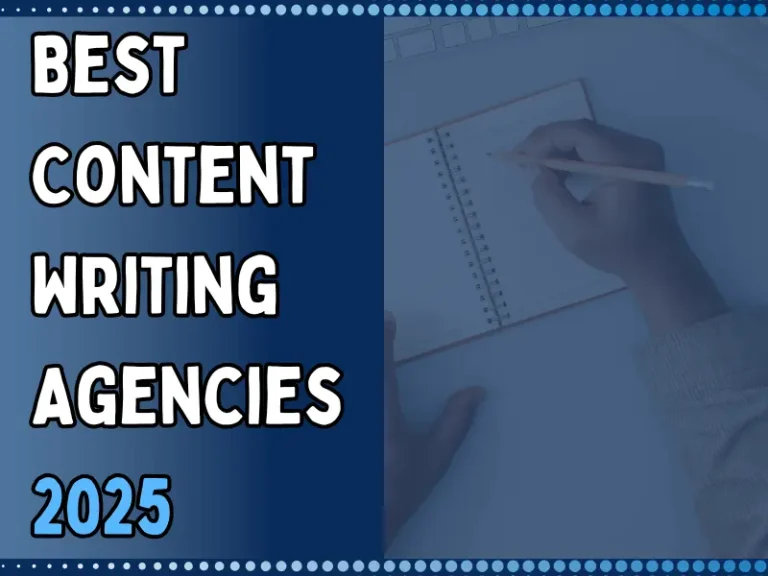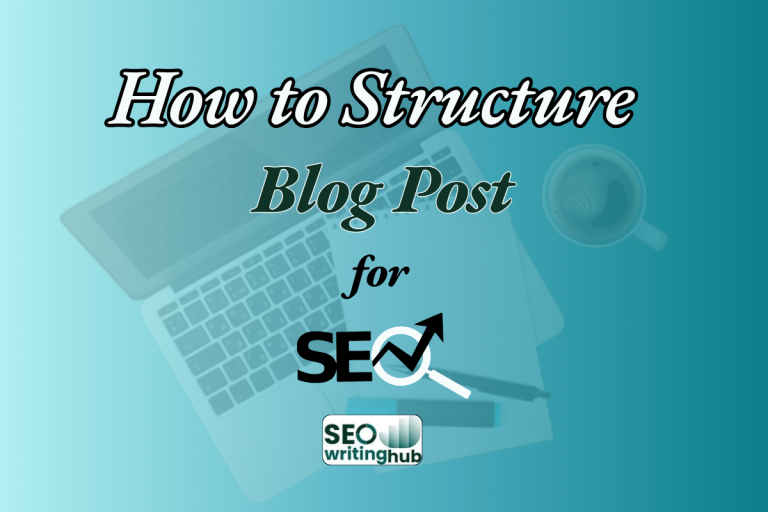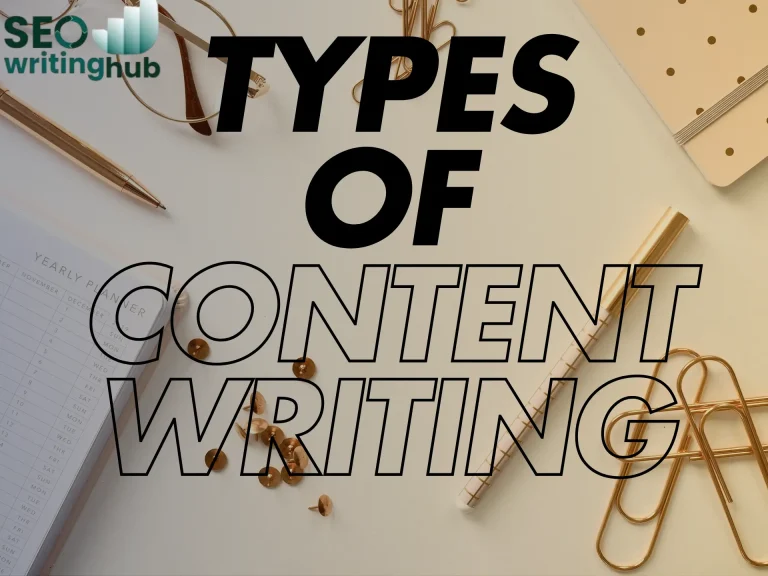5 Content Writing Mistakes Wrecking Your Reach and Engagement
We all admit that in today’s fast-paced digital world, content is everywhere. From tweets to tutorials, blog posts to social media captions, it’s all content. It would not be incorrect to say that it has become the cornerstone of online communication. However, we must also acknowledge that this rise in demand brings stiff competition. Hence, standing out as a content writer is harder than ever. Whether you’re just starting or you’ve been writing professionally for years, make sure to stay away from the common content writing mistakes. Because only in this way can you be able to engage your audience, establish a strong personal brand, and achieve your content goals.
Content Writing Mistakes and How to Fix Them
Let’s discuss the top five critical content writing mistakes that hold back many writers. We’ll not only discuss the problems, but also how you can overcome them with practical solutions. So, if you’re up for elevating your writing, here we go!

1. Writing Without a Clear Purpose
Have you ever written an article, hit publish, and then wondered, What held it back from gaining the expected traction? Chances are, the piece lacked a clear purpose, focused direction, and intent. One of the biggest content writing mistakes is to write content even when you’re unclear about what it wants to achieve.
Let’s look at an example.
Suppose you’re writing an article or blog post on the topic of healthy eating. Your goal might be:
- To inform
- To persuade
- To entertain
- Drive sales for a product.
Without clarity, you might end up with a scattered article. You’ll get an article that tries to do all the above-mentioned things, but performs nothing effectively.
Solution is here.
If you want to make a perfect blog post with a clear purpose and intent, make sure to ask yourself the following questions before you start writing.
- Who is this blog post or article for?
- How will this benefit them?
- What do you want the reader to learn or do?
Once you outline your goal, it will be easier for you to stay focused, make your message stronger, and guide your structure. I suggest you create a brief content strategy or outline before starting the process of writing. And then consider it as your content’s roadmap.
2. Neglecting SEO Basics:
You might have written an engaging and compelling article, but if it’s not SEO-optimized, your readers and audience may never find it. In simple words, neglecting SEO is one of the biggest content writing mistakes that can drastically limit your reach and hinder your growth.
Let me illustrate this with an example.
Suppose you’re a travel blogger. And you write a compelling post about “The Most Magical Places I’ve Ever Seen.” However, you don’t structure the headings properly, don’t use any keywords, and even forget to include a meta description. What will happen? Your beautifully crafted piece of content will get buried on the 10th page of Google.
Solution to this problem.
Make sure to follow the following things to avoid this mistake.
- Start with keyword research.
- Use tools like “Ubersuggest,” “Google Keyword Planner,” or Ahrefs to discover what your audience wants and is looking for.
- Ensure that you naturally integrate your primary keyword throughout the entire article.
Double-check that the keyword is placed in the following parts:
- The title.
- The first and last paragraphs.
- Include at least one subheading.
- Sprinkle the keyword naturally throughout the article, targeting 1-1.5% density.
- Craft clear headings (H1, H2, H3).
- Create an attention-grabbing meta description.
- Images should also be optimized with alt text.
- Avoid keyword stuffing.
3. Ignoring what your audience wants.
You might have heard that writing for everyone is writing for no one. Skipping over your audience’s concerns is also a major content writing mistake. Remember, it’s always a critical blunder to deliver a one-size-fits-all message. So, if you’re failing to tailor your message to your target audience, it can be an alarming situation.
Here’s an example to clarify.
Imagine there is someone who is going to write a how-to guide on WordPress. And this is particularly for the beginners. The article he crafts is replete with advanced coding techniques and technical jargon.
Now, what happens next?
The readers are new to website building. They will feel overwhelmed and click away.
Let’s fix this issue.
The very first step you need to perform is “Get to know your audience.” For this, it’s better to develop reader personas to understand and uncover their preferences, pain points, challenges, and language. Regarding this, you can ask yourself the following questions.
- What level of knowledge do your readers have?
- What problems are they trying to solve?
- What formats do your audience and readers like to consume content (stories, how-to guides, lists)?
In short, talk in terms they understand and make sure you speak their language. You can add examples, analogies, and a tone that perfectly resonates with them. And don’t forget that clarity always beats cleverness.
4. Making Ineffective Headlines and Intros.
Have you ever heard that the first impression is the last? You might agree or not, but it happens. The headlines and introduction part of your article is your first impression. If you fail to convince at these steps, you might lose them. If these parts of your content are dull and unclear, readers won’t stick around. And keep in mind, this is one of those content writing mistakes that can cost engagement, clicks, and even credibility.
Here is an example:
Let’s say there is a headline like, “Tips for Better Writing.” What do you think, is it clear and compelling? No, it’s not. This headline is vague and doesn’t spark curiosity. Now, compare it to this one. “From Good to Great: Transform Your Writing With These Tips,” or “10 Practical Tips to Sharpen Your Writing Skills.” These are more specific and promise value.
Now, let’s iron this out:
Here are some tips and strategies that you can apply to master the art of crafting a perfect headline.
- You can use numbers like “7 Ways to…”
- Asking questions is also sometimes beneficial. For instance, “Are You Making These Mistakes?”
- Similarly, you can also promise a benefit, like “Boost Your Traffic with These Writing Hacks.”
And to make the introduction compelling, here are some rules you can use in your article or blog post.
- Address a pain point and offer a solution to their biggest hurdle.
- Preview what’s coming.
- Create a sense of connection and make them feel like you understand them. Likewise, make them feel like the answer or solution they’re searching for is just a few scrolls away.
5. Fluffy and unstructured writing makes you seem less credible.
Have you ever read something that seems to wander in circles without moving forward? And it felt like repeating the same points?
That’s fluff. It’s like writing that sounds good but says little.
So, fluffy writing with poor structure is another big content writing mistake. The reason is it makes the content hard to follow.
For better clarity, here’s a quick example.
There is a blog post about social media marketing. It lacks proper structure. And the post rambles for only paragraphs without clear directions and headings. That blog post turns into a wall of text. As a result, the readers become confused and they lose interest. And finally, they exit before finishing and finding the valuable insights.
Let’s straighten this out.
To fix this problem, trim the fat. Each sentence of your article should serve a purpose. Likewise, you can also ask yourself the following questions:
- Is this post helpful to the readers?
- Is it adding value?
You can also improve understanding and boost readability through smart formatting choices. Here are some tips.
- Make sure you break the content into short paragraphs.
- Using lists and bullet points is also a best practice.
- Add subheadings to guide the readers.
- Maintaining a logical flow will also improve the results. For example, (Intro > Problem > Solution > CTA).
Always remember that structure is your secret weapon. A well-structured post assists your message in shining through and keeps the audience engaged to the bottom.
Parting Thoughts:
I always believe every problem has a solution. And most of the missteps are entirely fixable with the right strategy and a bit of awareness.
So, I recommend overcoming these five common content writing mistakes. Fixing these can transform your writing from average to exceptional. And remember, if you keep your content purposeful, audience-focused, structured, and SEO-savvy, the results will automatically improve. Likewise, you will be able to improve the content and boost your credibility.
So move forward.
Apply these tips.
Hit publish with confidence.
And keep growing as the skilled writer you are!
Let’s share the knowledge
everyone deserves it!







